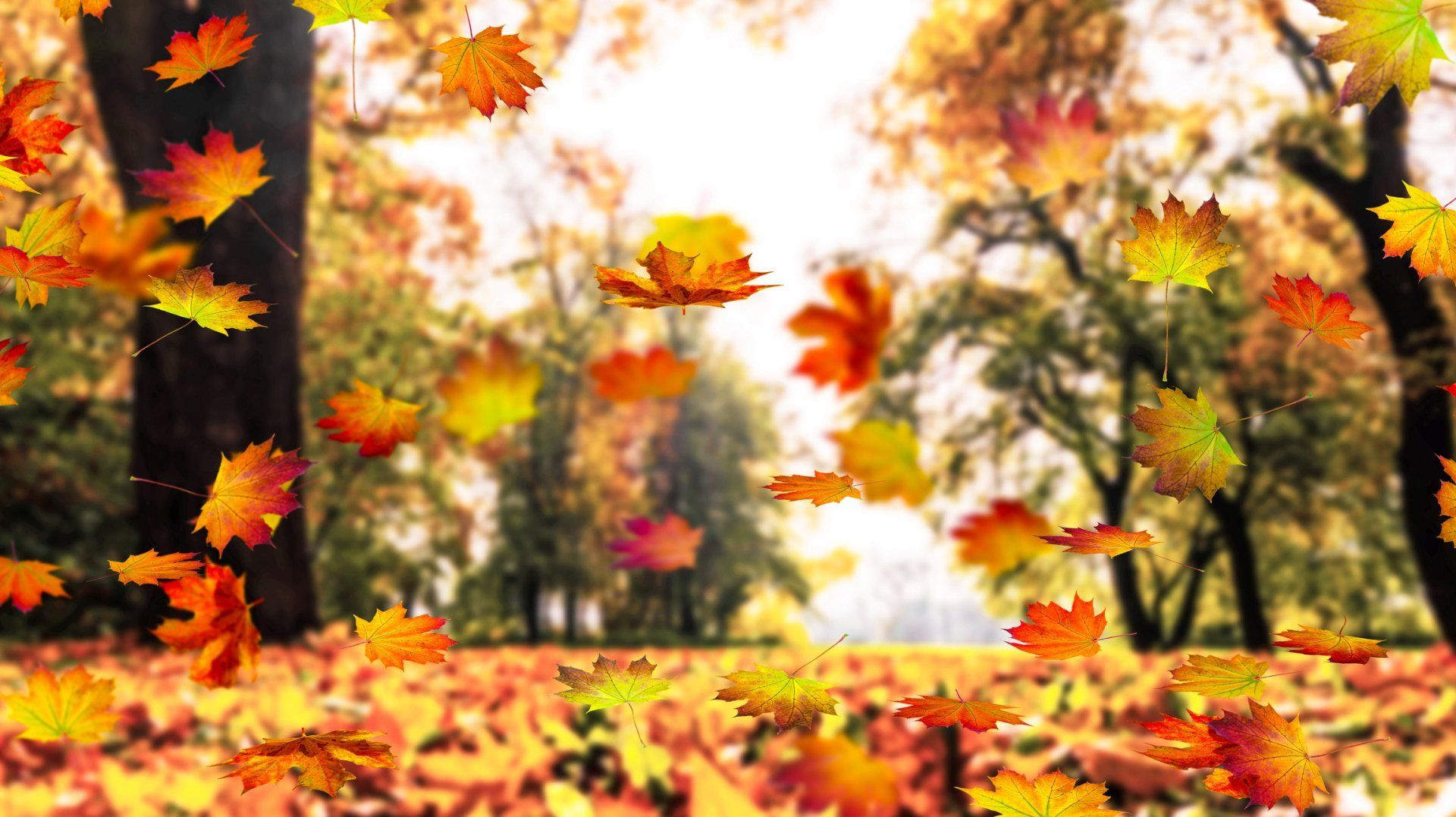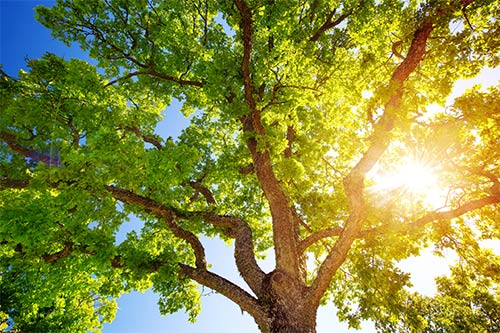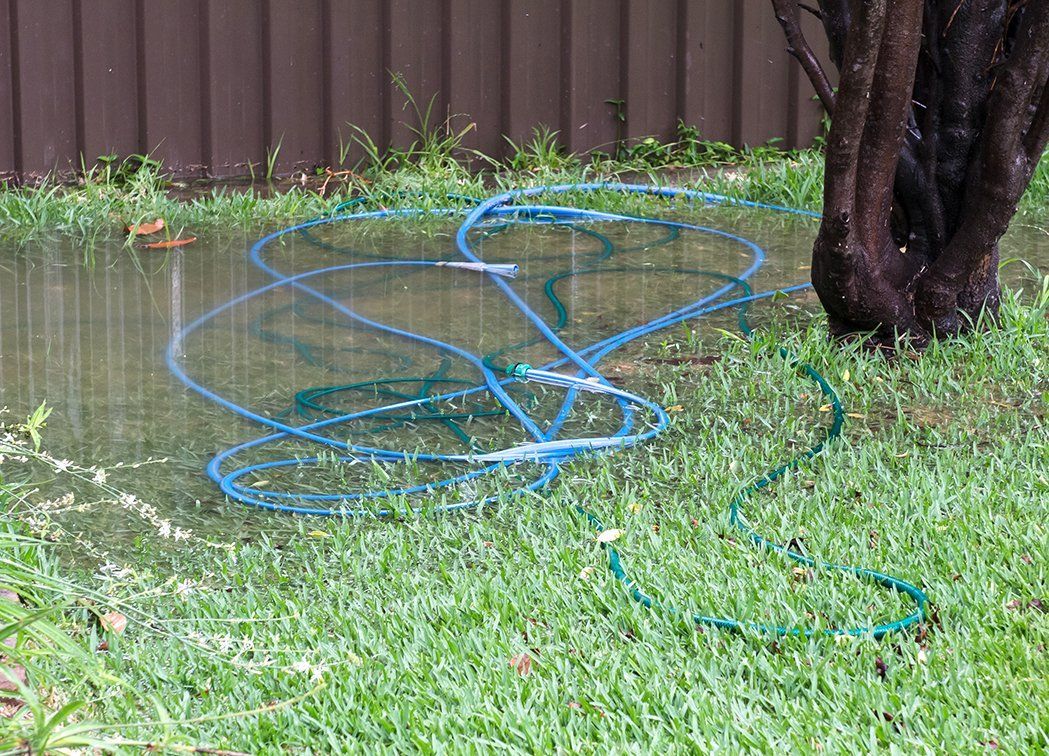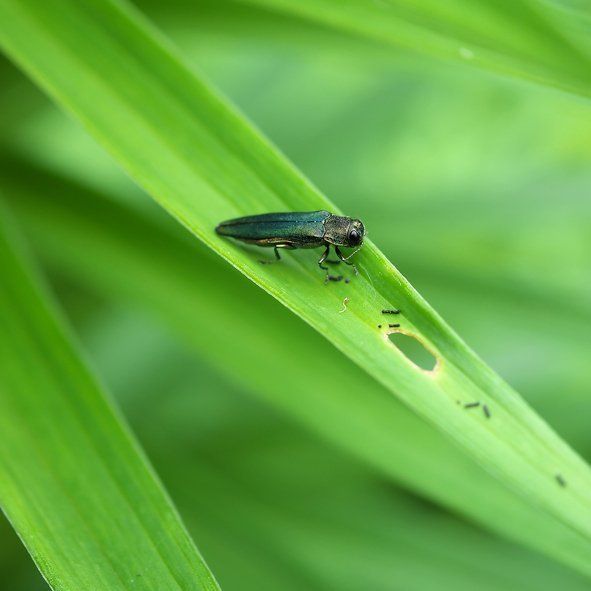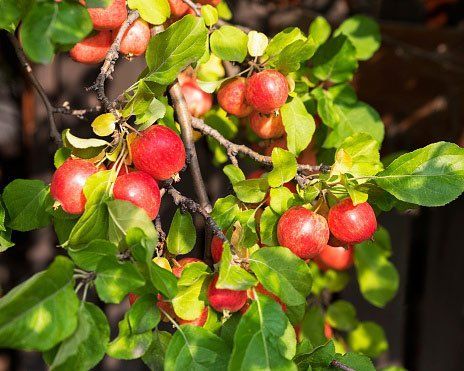Blog Layout
AFTER THE STORM: YOUR GAME PLAN FOR HELPING YOUR TREES SURVIVE
By Admin • November 7, 2017
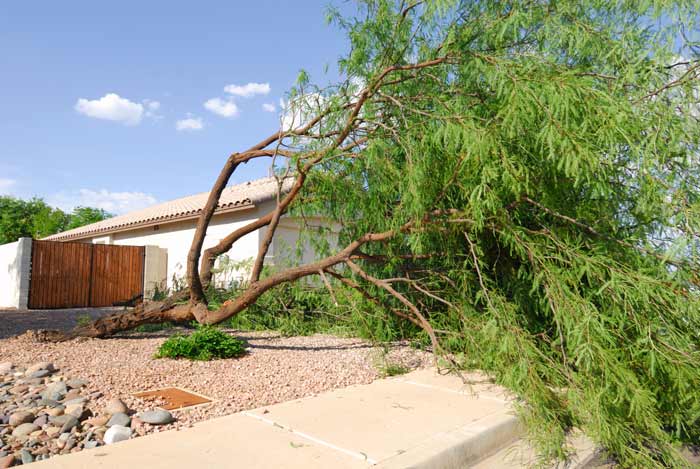
If you're like most homeowners, you get a great deal from the trees in your yard beyond their obvious aesthetic value. They provide a shady place to relax on a warm summer's day, and they may even provide you with nutritious and delicious food for the family table. When a windstorm comes and takes this all away, homeowners frequently feel a significant sense of loss.
Fortunately, strategies exist to help put your outdoor living space back together again when it comes time to replant. Here's a basic game plan.
REMEMBER SAFETY FIRST
Always check the status of any power lines in the vicinity before venturing out into your yard. Never make assumptions; treat any lines that are down as potentially energized, even if your power is off, and alert your power company as soon as possible.
If water is part of the picture, turn off your home's main circuit. Also, be on the lookout for overturned or otherwise damaged fuel systems. Err on the side of caution, and wait until you're certain of the area's safety before inspecting your trees for damage.
TAKE STOCK OF YOUR YARD
The aftermath of a strong, destructive windstorm often leaves no doubt in anyone's mind that certain trees will have to be removed from the property. Trees that have become totally uprooted, for instance, are generally considered to be beyond saving as well as those that have developed dangerous leans. Other signs may not be so obvious.
Homeowners are often too quick to decide that a certain tree doesn't have a fighting chance. Here's how to do a quick assessment:
Did the tree sustain major structural damage?
If not, chances are good that the tree will make a full recovery with the right type of care.
Have most of the major branches been destroyed?
A good rule of thumb is that the larger the limbs that have been destroyed, the harder it's going to be for the tree to recover. Loss of multiple large limbs may not bode well for the tree's chances.
Does the tree have multiple large wounds?
Trees heal themselves in much the same fashion as we do when it comes to surface wounds. While the wounds themselves will rarely cause an otherwise healthy tree to die, the problem with wounds is that they provide destructive pathogens and pests with potential entry points.
Is 50 percent or more of the tree's crown still there?
If half or more of the tree's branches and leaves are still intact, that's a good indication that the tree will be able to fully recover from the damages wrought by the storm.
Other things to consider include the general health of the tree and whether or not the main leader is still intact. A relatively young, healthy tree will sustain storm damage much more easily than its older counterpart. Certain types of trees won't bounce back as well if they lose their main leader, while others may thrive.
APPLY FIRST AID
Quickly removing smaller branches that have been broken by the storm will help the tree heal more quickly. Make sure that your tools are sharp - ragged cuts will create wounds that leave the tree vulnerable to disease and pests. Add an extra layer of protection by sterilizing your tools in a solution of one part bleach to nine parts water.
Unless you're an expert, don't attempt to remove heavy or high limbs yourself, brace a tree with a dangerous lean, or perform other potentially dangerous tasks. A professional tree service company has the experience, knowledge and equipment necessary to handle hazardous jobs. Contact our experts at County Tree Service
for species-specific advice on damaged trees.
BROWSE OUR WEBSITE
CONTACT INFORMATION
EMAIL:
countytree3157@sbcglobal.net
PHONE NUMBER:
314-920-7263
ADDRESS:
925 St. Louis Avenue Valley Park, MO 63088
Payment Options


Content, including images, displayed on this website is protected by copyright laws. Downloading, republication, retransmission or reproduction of content on this website is strictly prohibited. Terms of Use
| Privacy Policy



